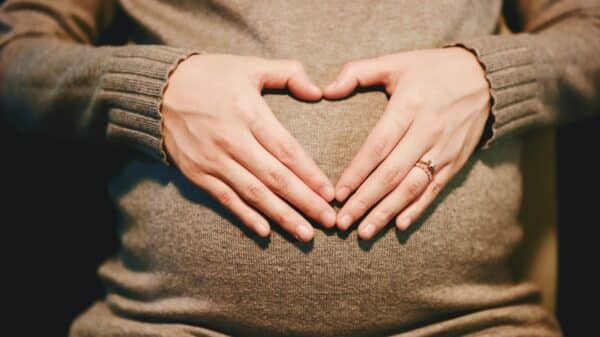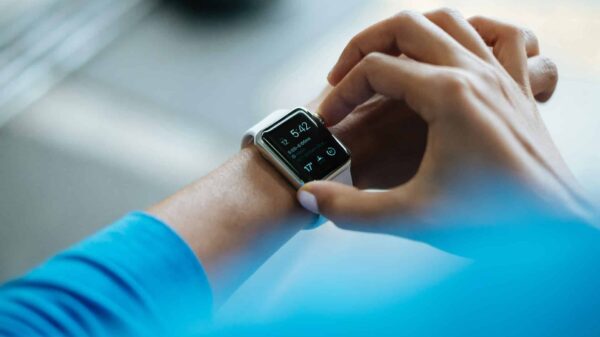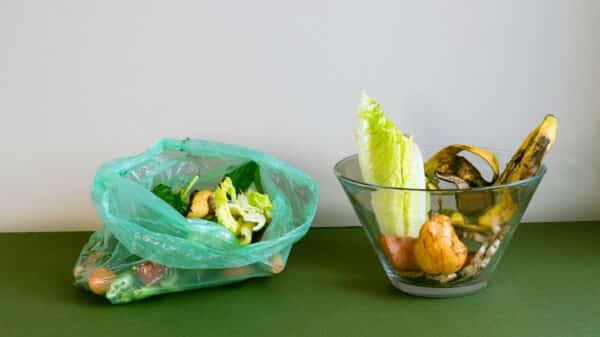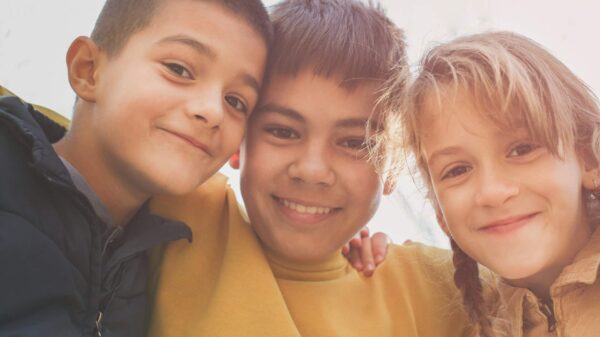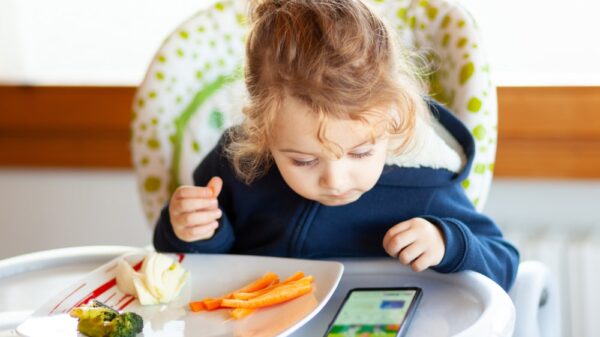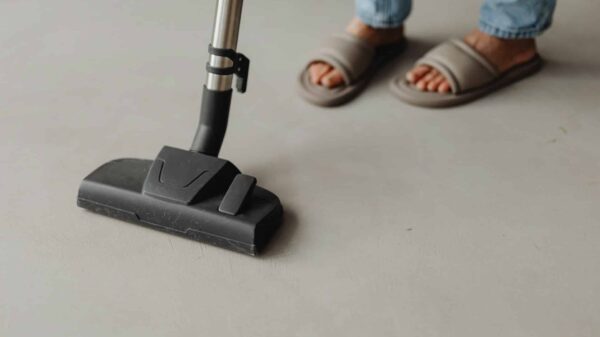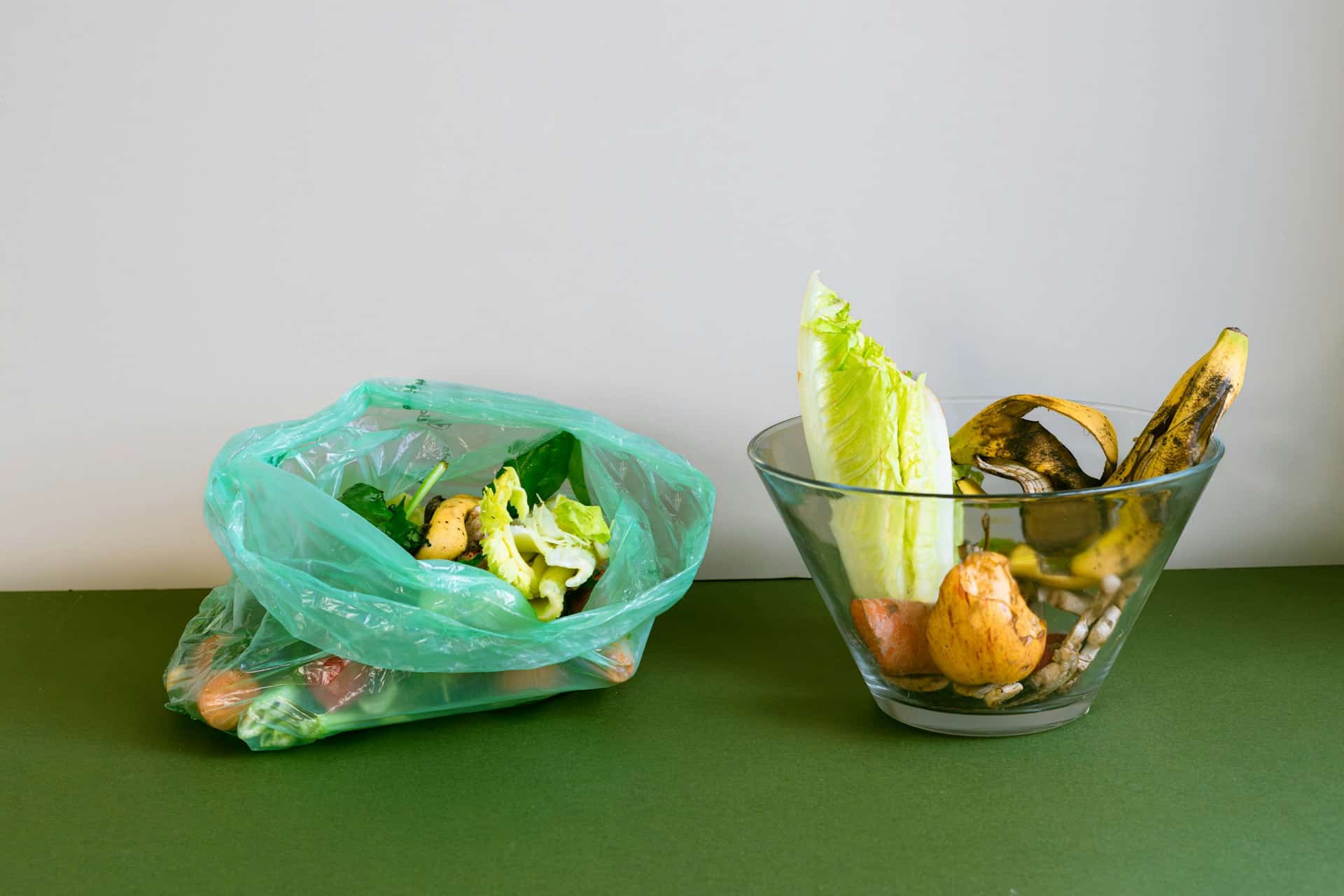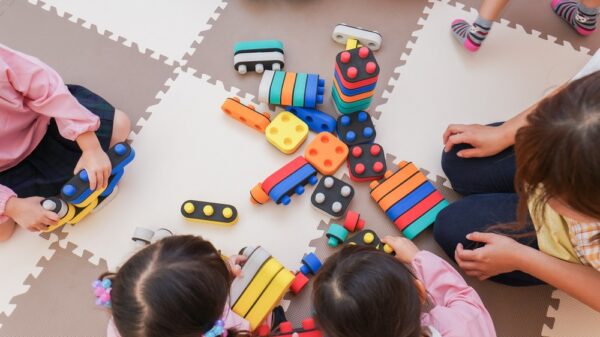Navigating the multitude of options for feeding your family can be difficult enough without the added concern of whether the packaging poses a health risk. Recent studies suggest that parents should take this issue into account more seriously.
Research published in June 2025 in NPJ Science of Food indicates that everyday actions—like opening a water bottle, unwrapping deli meats, or reheating food in plastic—can introduce microplastics and nanoplastics into our meals and drinks. This isn’t merely an outlier; it’s linked to our regular interactions with plastic.
Lead researcher Lisa Zimmermann shared with CNN that the problem lies more in how we use plastic than the materials themselves. “The research indicates that the number of microplastics increases with each bottle being opened,” she explained, stressing that repeated contact and friction play crucial roles in this particle release.
What does this mean for parents striving to make healthy choices for their families? What steps can be taken? Let’s delve into this further.
Findings from the Research
The 2025 study makes it clear that microplastics and nanoplastics are not just found in the oceans but also in our food. Their presence arises not from rare incidents but from common practices we engage in at home and the grocery store.
Researchers discovered that typical behaviors, such as consistently opening and closing bottle caps, heating meals in plastic containers, storing hot food in plastic, or simply unwrapping deli meats, can result in tiny plastic particles leaching into food and beverages.
The main culprits include:
- Bottled drinks, particularly those that are frequently resealed
- Pre-packaged deli meats and cheeses
- Microwaved meals or takeout served in plastic containers
- Fruits and vegetables wrapped in plastic
Another notable discovery was that ultra-processed foods tend to contain higher levels of microplastics, likely because their complex production methods and prolonged contact with plastic equipment heighten the risk of plastic contamination.
The study also pointed out that ultra-processed foods now account for more than half of the average American diet, making up nearly 44% of daily consumption in Europe.
If you think that only a few stray particles are present, think again. A different study published in Proceedings of the National Academy of Sciences found up to 240,000 plastic particles in just one liter of bottled water, featuring seven different types of plastics. Roughly 90% of these particles, classified as nanoplastics, are so small that they could permeate through the gut lining or lungs and enter the bloodstream.
David Andrews, acting chief science officer at the Environmental Working Group, told CNN that this new research highlights food packaging and processing equipment as potential significant sources of microplastic contamination in our food and, in turn, our bodies. “This study should raise alarm bells,” he warned.
Related: Even without BPAs, should you consider plastic baby bottles?
Implications for Parents
This concern transcends mealtime. Microplastics are infiltrating sensitive areas of our bodies, particularly those crucial for pregnancy and early development. While the science is still evolving, these preliminary findings warrant attention.
Recent studies have found microplastics in the placenta, heightening concerns about potential links to preterm births. Another investigation found plastic particles in breastmilk, along with their presence in ovarian fluid and umbilical cords. In mouse studies, nanoplastics have shown the ability to cross the placenta, reaching fetal tissues and persisting even after birth.
Experts emphasize that this research is still in its early stages. These findings are not conclusive evidence of harm, but they do suggest that plastics might seep deeper into the body and potentially remain there longer than previously thought.
For parents, especially those expecting or planning to conceive, this accumulating evidence can feel overwhelming. However, awareness is the first step toward protecting your family’s health, and there are straightforward methods to reduce exposure.
Practical Measures for Parents
You don’t have to completely overhaul your kitchen to ensure your family’s well-being. Though plastic is widespread, manageable measures can help decrease exposure, particularly during pregnancy, postpartum, and early childhood.
Experts recommend:
- Use glass or stainless steel containers for storing food and drinks whenever possible
- Avoid reheating food or formula in plastic, including baby bottles and food storage containers
- When possible, choose fresh or unpackaged produce, especially if it’s wrapped in flimsy plastic
- Avoid reusing old takeout containers or damaged plastic items like bottles or sippy cups
- Check recycling codes—avoid plastics marked with #3 (phthalates), #6 (styrene), or #7 (BPA and other mixed plastics)
The goal isn’t perfection. Every small change can help minimize your family’s plastic exposure, no matter how minor. Many families are already making substantial adjustments, such as using reusable water bottles, packing lunches in glass containers, and reducing unnecessary packaging while shopping. Every effort counts.
Confronting Systemic Issues
Even with the best precautions, parents have limits on what they can control. Microplastics pervade the air we breathe, the water we drink, and the food we consume. This reality highlights the need for action beyond individual households.
A study published in the Journal of Exposure Science & Environmental Epidemiology found that more than 3,600 chemicals could leach into food during its manufacturing, processing, packaging, and storage. Many of these chemicals have not undergone rigorous long-term safety testing and some are already associated with serious health issues.
In August, representatives from over 175 nations will gather in Geneva to negotiate a Global Plastics Treaty aimed at establishing a legally binding framework to combat plastic pollution worldwide. Public advocacy plays a vital role in this context, with experts encouraging concerned parents to engage with their elected officials, support brands that prioritize safer packaging, and remain informed about relevant policy changes.
The issue of plastic pollution is more than an individual concern; it’s a global crisis. While families can make impactful changes, sustainable solutions will require comprehensive, systemic reforms.
Reflections for Parents
It’s understandable to feel disheartened when faced with the widespread presence of plastics in our daily lives. However, understanding how microplastics enter our food and where they come from can provide a more empowering perspective.
You don’t need to strive for perfection or get rid of every plastic item in your kitchen. Instead, think about making small modifications, staying informed, and using your influence where it matters to protect your family’s health over time.
Image Source: Unsplash

